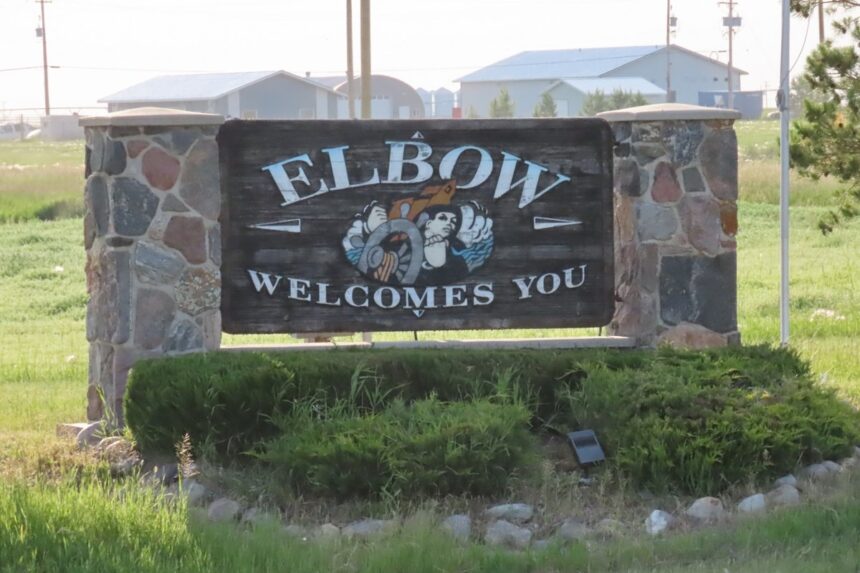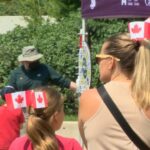In small-town Saskatchewan, the heartbeat of community health care often depends on the persistence of locals willing to fight for essential services. The village of Elbow, nestled along the shores of Lake Diefenbaker, is writing its own chapter in this familiar rural story as residents band together to address their health care needs.
Last month, a dedicated group of community members formed the Elbow Health Care Committee, taking matters into their own hands after years of limited local medical services. Their mission is straightforward but ambitious – to bring consistent, accessible health care back to the community of roughly 300 permanent residents, which swells significantly during summer months.
“We’ve been without stable health services for too long,” explains Joanne Brochu, who chairs the newly formed committee. “When you’re in a medical emergency, driving 45 minutes to Outlook or over an hour to Saskatoon isn’t just inconvenient – it can be life-threatening.”
The committee emerged following a well-attended town hall where residents voiced frustrations about having to travel considerable distances for even basic medical care. The group has already begun exploring options for developing a future health facility that could serve not just Elbow, but surrounding communities and seasonal residents who flock to Lake Diefenbaker’s recreational areas.
Saskatchewan’s rural health care challenges aren’t new. According to the Saskatchewan Medical Association, nearly 20 percent of rural residents report difficulty accessing primary care. The situation often becomes more pronounced in communities with aging populations and those distant from major centers.
“This isn’t just an Elbow problem,” notes committee member Greg Anderson, who previously worked with the Saskatchewan Health Authority. “Across the province, small communities are having to get creative about how they maintain health services as centralization pushes resources toward larger centers.”
The committee’s approach focuses on practical solutions rather than wishful thinking. They’ve initiated research into various facility models that might work for a community of Elbow’s size, including examining the potential for a nurse practitioner-led clinic that could offer regular service days with rotating specialists.
Mayor Ryan Forster has thrown municipal support behind the initiative, recognizing how central health services are to community sustainability. “When families consider moving to rural areas, they look at three main things: schools, jobs, and health care,” Forster told me during a phone interview. “We need to address all three if we want Elbow to thrive.”
The timing might be opportune. With the pandemic highlighting gaps in rural health infrastructure, the provincial government recently announced its Health Human Resource Action Plan, which includes specific initiatives to address rural service delivery. This includes funding for innovative rural health service models and recruitment incentives for practitioners willing to serve in underserved communities.
Committee members have already begun discussions with the Saskatchewan Health Authority about potential partnerships. SHA spokesperson Jennifer Miller confirmed these preliminary conversations, noting, “We’re always interested in community-led solutions that align with our mandate to provide equitable health services across the province.”
The road ahead won’t be easy. Rural health facilities face persistent challenges with staffing, funding, and sustainability. Data from the Canadian Institute for Health Information shows that rural areas consistently struggle with healthcare professional retention, with turnover rates nearly double those in urban settings.
Still, there are success stories that provide blueprints. The committee is studying models like the Craik and District Health Centre, which combined community fundraising with government support to create a sustainable health hub serving a similar-sized population.
“We’re not reinventing the wheel,” says committee member and local business owner Darren Holinaty. “We’re learning from other communities that have found ways to make rural health care work.”
The committee has begun fundraising efforts and is preparing a comprehensive proposal outlining potential facility models, community contributions, and partnership opportunities. They’ve set an ambitious timeline, hoping to have a concrete plan to present to both the community and provincial stakeholders by spring 2024.
What makes Elbow’s situation unique is the significant seasonal population surge, with summer residents sometimes tripling the village’s population. This creates both challenges and opportunities – higher service demands during peak seasons, but also a broader potential support base for fundraising and advocacy.
For year-round residents like Margaret Peterson, who at 78 has lived in Elbow for over four decades, the initiative represents hope. “I don’t want to leave my home just because I’m aging and need more medical attention,” she told me at a recent committee meeting. “Having even basic services here would mean everything to people like me.”
The committee plans to survey both permanent and seasonal residents to better understand specific health care needs and priorities. They’re also exploring potential synergies with nearby communities that face similar challenges.
As rural Saskatchewan continues to navigate changing demographics and evolving health care delivery models, initiatives like Elbow’s represent the persistent spirit that has long defined prairie communities. The path from committee formation to functioning facility will undoubtedly face obstacles, but if determination counts for anything, Elbow’s residents have demonstrated they have it in abundance.
“Sometimes you have to fight for what your community needs,” reflects Brochu. “We’re not asking for the moon – just reasonable access to the care that every Saskatchewan resident deserves.”






